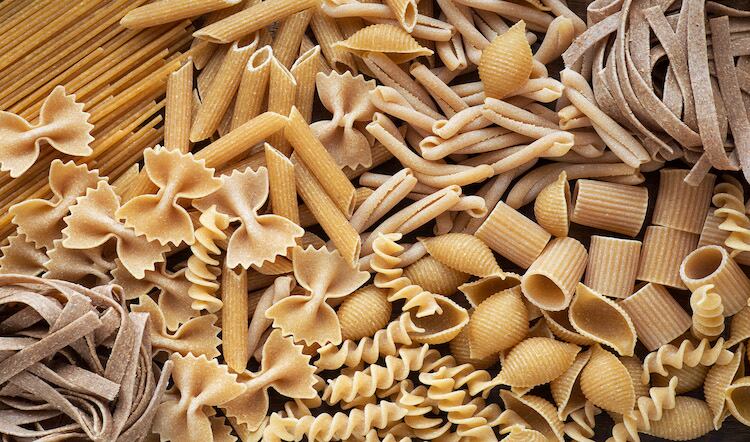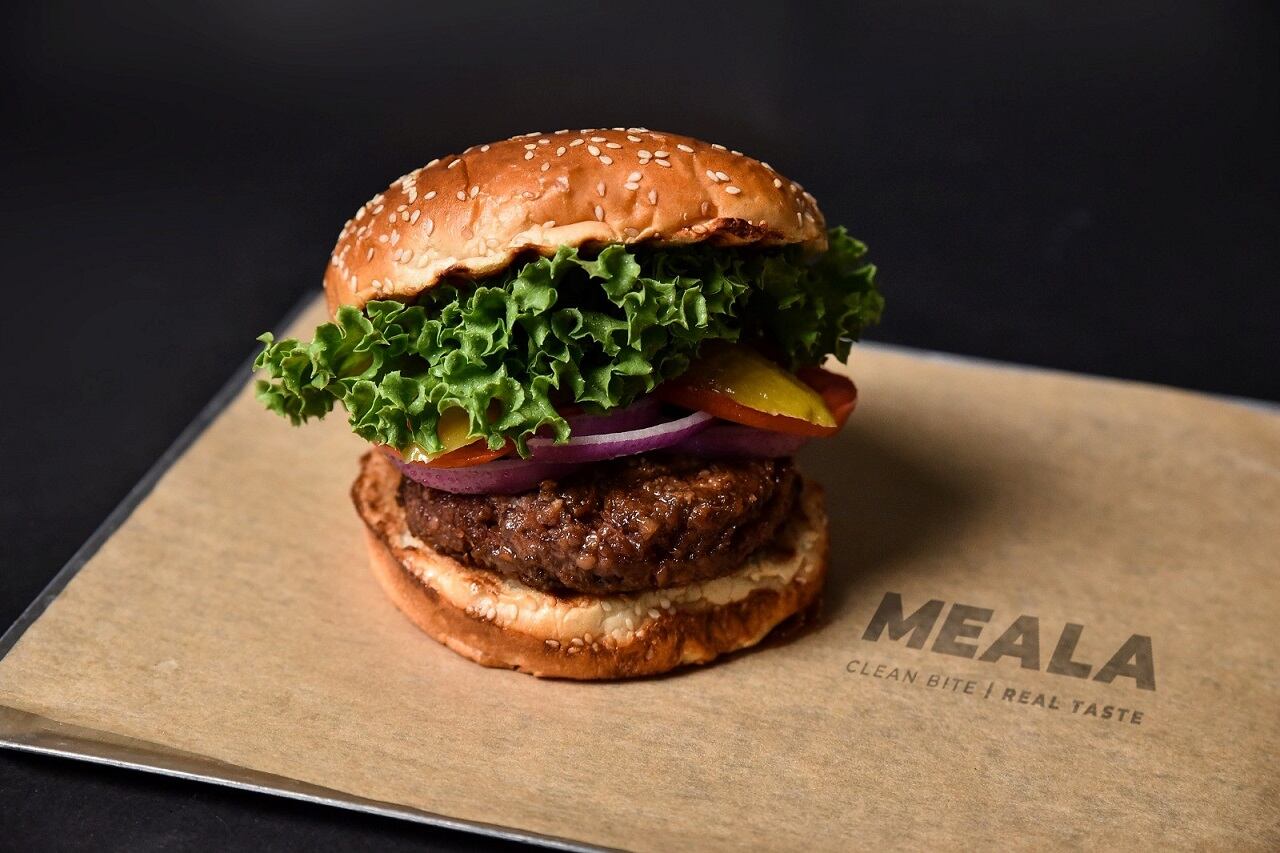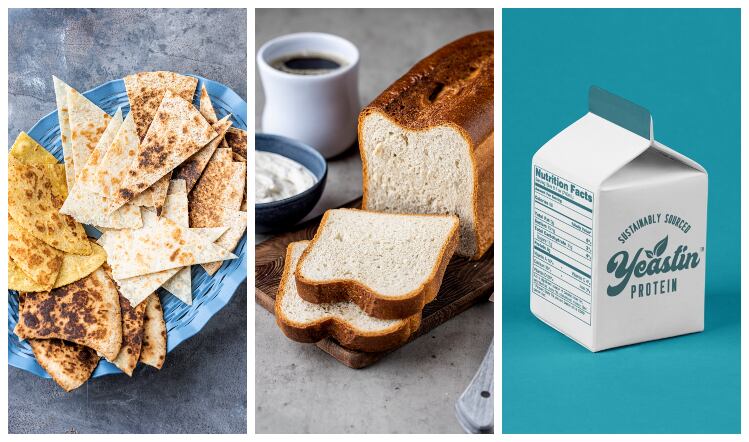Scientists in Italy have used a novel process for preventing or delaying spoilage by changing packaging protocols, as well as adding antimicrobial probiotics to the dough. Not only does this new method extend storage of fresh pasta by 30 days but it helps reduce food waste, researchers have claimed.
They have published this new recipe for better preserving fresh pasta in the journal Frontiers in Microbiology.
Most fresh pasta sold is produced through an industrial process that includes heat-treating the product. After the pasta is ready, it is stored in in modified atmosphere packaging (MAP), which involves removing oxygen and replacing it with other gasses within a package consisting of plastic film. If kept refrigerated, fresh pasta has a shelf life of between 30 and 90 days.
Clean label
Researchers at the National Research Council (CNR), the largest public research institution in Italy, along with with the University of Bari Aldo Moro, and in collaboration with the private chemical laboratory, Food Safety Lab, developed a new ‘clean-label’ method to minimise spoilage problems.
This involved changing the ratio of MAP gasses and combination of plastic films used in the packaging to better control microbial growth and impermeability. Finally, they added a multi-strain probiotic mixture to inhibit the growth of bacteria.
The scientists then tested the new protocol using a short, thin twisted pasta type called trofie. One set of fresh pasta was manufactured and packaged conventionally. A second set was manufactured traditionally but stored in the experimental MAP. They added the bioprotective probiotic strains to a third set of fresh trofie, which was then stored in the experimental packaging.
After a few months – and using high-tech methods such as gene sequencing to identify microbial compositions and mass spectrometry to profile volatile organic compounds – they found that the trofie pasta treated with antimicrobial bioprotective probiotics in the experimental MAP had the best shelf life of the three experiments.
Industrial level
“The results demonstrate that the MAP, together with a spray-dried probiotic bioprotective cultures, acted in a synergistic way to control the microbial spoilage of fresh pasta during refrigerated storage,” said Dr Francesca De Leo, a researcher with the Institute of Biomembrane, Bioenergetics and Molecular Biotechnologies at the CNR.
De Leo said that the technique could be introduced at the industrial level, adding 30 days of shelf life compared to conventional products.
“From the consumer’s standpoint, a definite advantage of this product is the long shelf life and ease of storage,” she said. “This can be particularly important considering that consumers tend more and more to reduce the frequency of their food purchases, and consequently store as much as possible at home.”




